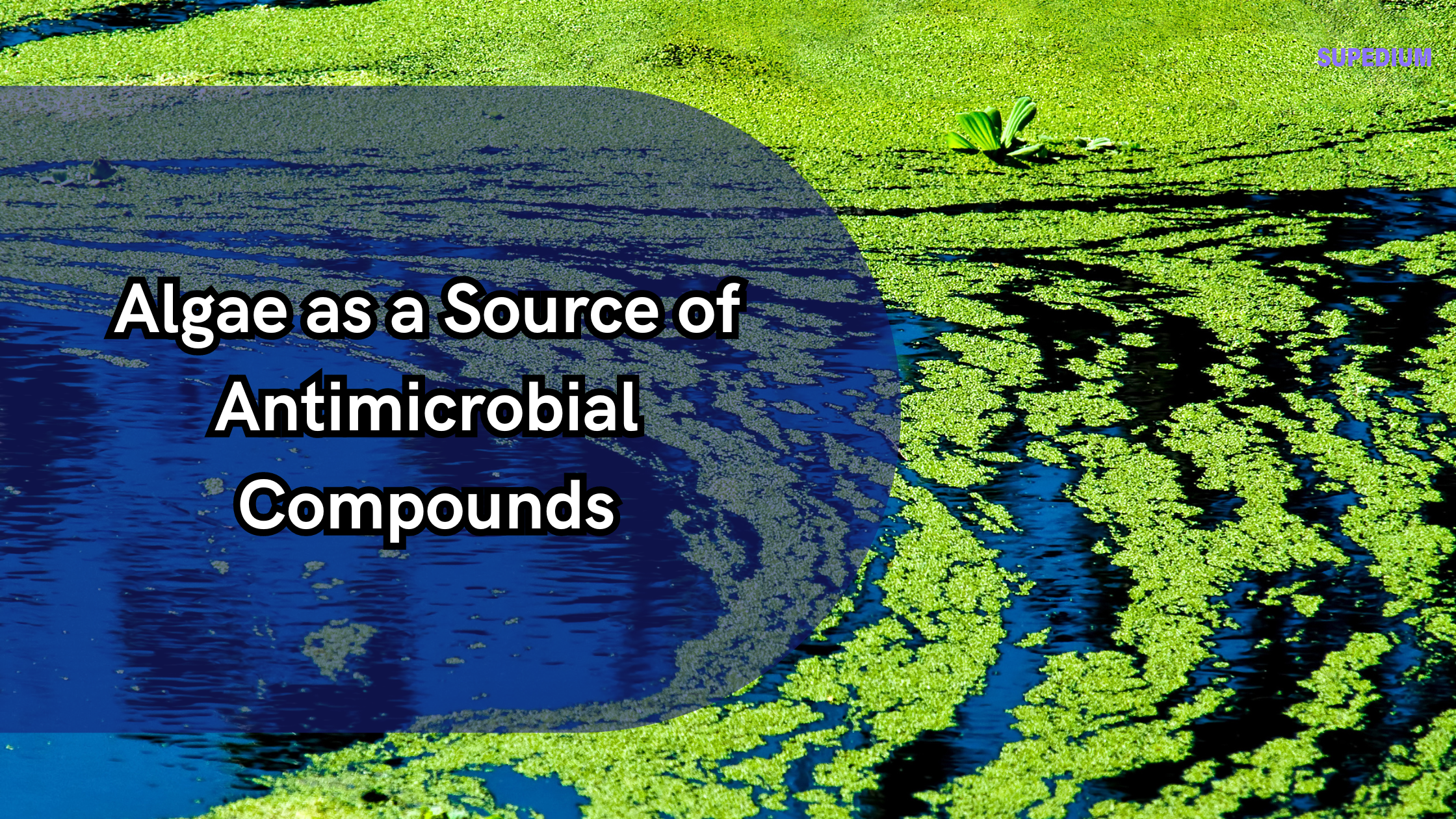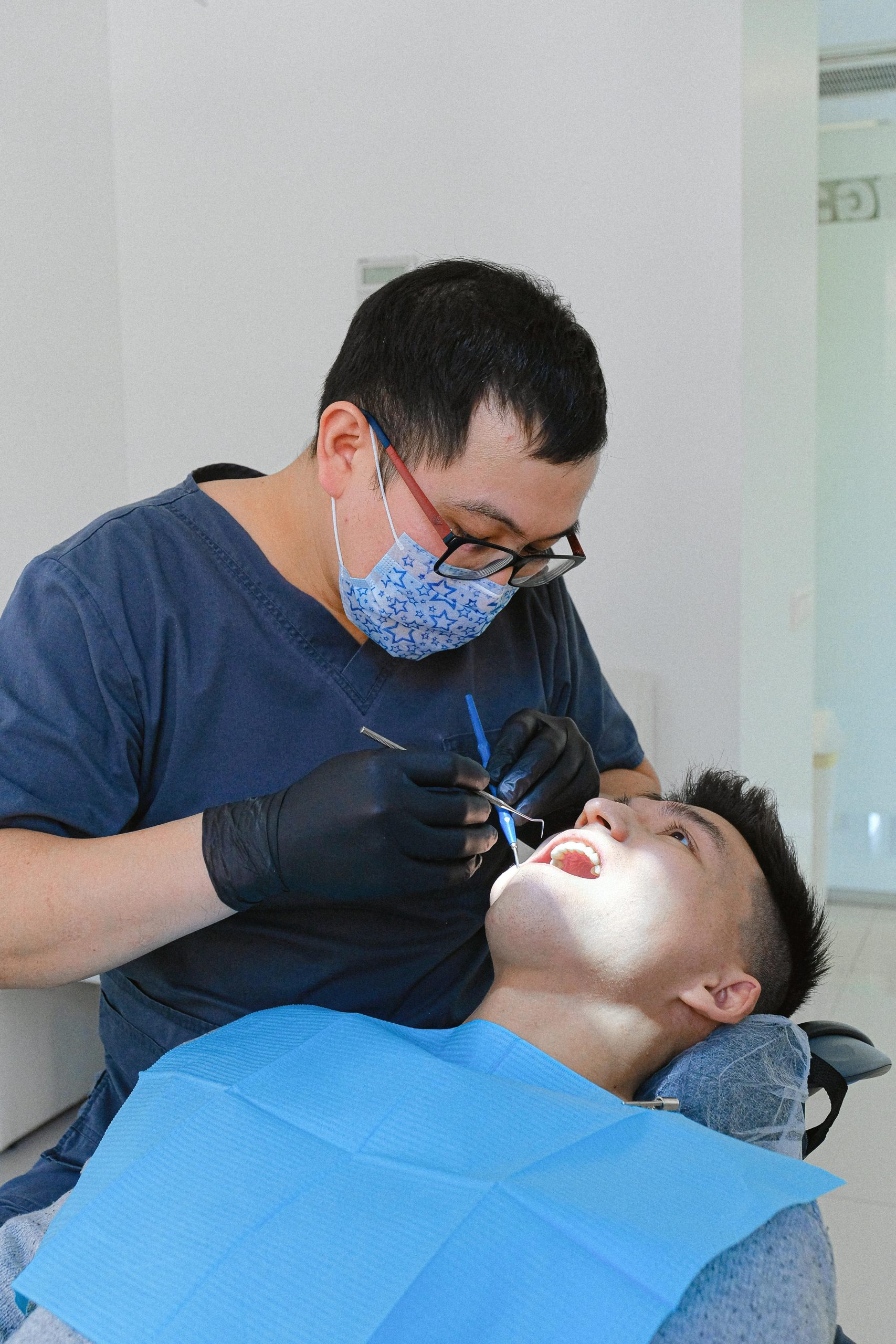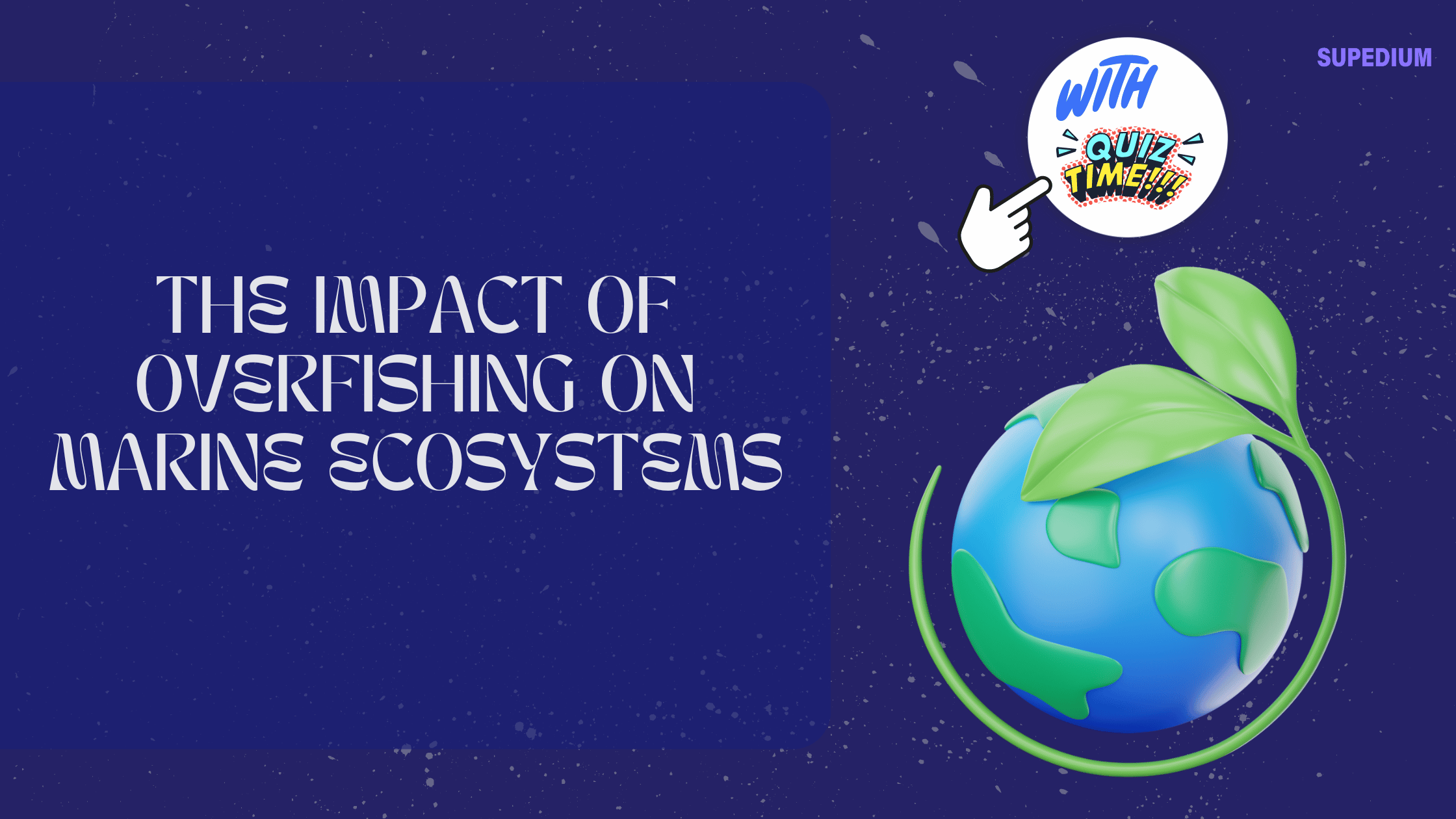Table of Contents
![]()
Introduction
Antimicrobial compounds are essential substances that inhibit the growth or kill microorganisms, including bacteria, fungi, viruses, and protozoa. They play a crucial role in medicine, agriculture, and various industrial applications. Recent research has increasingly focused on natural sources for these compounds, with algae emerging as a significant player due to their diverse biochemical properties and ecological versatility.
Algae Classification and Characteristics
Algae are simple, autotrophic organisms that can perform photosynthesis. They are classified into two main groups based on their structure and habitat: microalgae and macroalgae.
Microalgae are microscopic, single-celled organisms that thrive in various aquatic environments. Prominent examples include Chlorella, Spirulina, and diatoms. They are known for their rapid growth and ability to produce a wide range of bioactive compounds.
Macroalgae, or seaweeds, are larger and multicellular, and are typically found in marine environments. They are divided into three main groups:
- Red Algae (Rhodophyta): Examples include Gracilaria and Porphyra.
- Brown Algae (Phaeophyta): Examples include Laminaria and Fucus.
- Green Algae (Chlorophyta): Examples include Codium and Ulva.
These groups of algae exhibit diverse metabolic pathways and produce a variety of bioactive compounds, making them valuable sources of antimicrobial agents.
Antimicrobial Compounds from Algae
Algae produce several types of antimicrobial compounds, each with unique mechanisms of action:
Polysaccharides:
- Alginate: Found in brown algae, alginate has been shown to inhibit bacterial adhesion and biofilm formation.
- Carrageenan: Derived from red algae, carrageenan exhibits antiviral and antibacterial properties by interfering with microbial cell wall synthesis.
Polyphenols:
- Phlorotannins: Present in brown algae, phlorotannins possess antioxidant and antimicrobial properties. They disrupt microbial cell membranes and inhibit the growth of various pathogens.
Peptides and Proteins:
- Cyanovirin-N: This peptide, sourced from cyanobacteria, has potent antiviral activity, particularly against HIV, by blocking the virus’s entry into host cells.
Terpenes and Sterols:
- Fucoxanthin: A carotenoid found in brown algae, fucoxanthin has demonstrated antimicrobial effects against bacteria and fungi by altering cell membrane integrity.
- β-Carotene: Present in green algae, β-carotene has been shown to possess antimicrobial and antioxidant activities.
Fatty Acids:
- Omega-3 Fatty Acids: Found in microalgae like Spirulina, these fatty acids exhibit antimicrobial activity by disrupting microbial membrane functions and modulating immune responses.
Sources of Antimicrobial Compounds
Algae from both freshwater and marine environments are rich sources of antimicrobial compounds:
Freshwater Algae:
- Chlorella and Spirulina: These microalgae produce a range of antimicrobial compounds, including polysaccharides and peptides, which have been utilized in various health supplements and pharmaceutical applications.
Marine Algae:
- Red Algae: Gracilaria and Porphyra produce phlorotannins and other compounds with antimicrobial properties effective against a variety of pathogens.
- Brown Algae: Laminaria and Fucus are known for their polysaccharides and terpenes, which have shown efficacy against bacterial and fungal infections.
- Green Algae: Codium and Ulva produce compounds like β-carotene, which have demonstrated antimicrobial activity.
Cyanobacteria:
- Nostoc and Anabaena: These cyanobacteria are sources of unique antimicrobial peptides and proteins that have shown potential in combating viral infections and microbial growth.
Mechanisms of Antimicrobial Action
The antimicrobial activity of algae-derived compounds operates through various mechanisms:
- Disruption of Microbial Cell Membranes: Many compounds, such as fucoxanthin and phlorotannins, damage microbial cell membranes, leading to leakage of cellular contents and cell death.
- Inhibition of Microbial Enzyme Activity: Certain polysaccharides and proteins inhibit microbial enzymes crucial for growth and survival.
- Interference with Microbial DNA/RNA Synthesis: Some compounds affect the replication and transcription of microbial genetic material, thereby inhibiting their proliferation.
- Induction of Oxidative Stress: Algae-derived polyphenols and fatty acids can induce oxidative stress in microorganisms, leading to cellular damage and death.
Applications and Potential Uses
The antimicrobial properties of algae-derived compounds have several applications:
Medical and Pharmaceutical Applications:
- Development of New Antibiotics: Compounds from algae are being explored as potential antibiotics to combat antibiotic-resistant bacteria.
- Antifungal and Antiviral Agents: Algae-derived substances show promise as treatments for fungal infections and viral diseases, such as HIV.
Agricultural Applications:
- Plant Protection: Antimicrobial compounds from algae can be used to protect crops from pathogenic microorganisms, improving plant health and yield.
Industrial Applications:
- Biopreservation in Food Products: Algae-derived antimicrobial agents can extend the shelf life of food products by inhibiting microbial growth.
- Cosmetic and Personal Care Products: Algae extracts are incorporated into skincare products for their antimicrobial and antioxidant properties.
Challenges and Limitations
Despite their potential, there are challenges associated with the use of algae-derived antimicrobial compounds:
- Extraction and Purification Challenges: Efficiently extracting and purifying these compounds from algae can be complex and costly.
- Variability in Compound Yield and Effectiveness: The concentration and effectiveness of antimicrobial compounds can vary depending on the algae species, growth conditions, and extraction methods.
- Environmental Sustainability and Economic Considerations: Sustainable cultivation and harvesting practices are essential to ensure the long-term viability of algae-based products.
Future Directions
Future research and development in this field may focus on:
- Advances in Biotechnological Methods: Innovations in genetic engineering and metabolic engineering could enhance the yield and efficacy of antimicrobial compounds from algae.
- Exploration of Underutilized Species: Investigating lesser-known or less-studied algae species may uncover new sources of antimicrobial agents.
- Integrative Approaches: Combining algae-derived compounds with other natural products or synthetic molecules could lead to more effective and versatile antimicrobial agents.
Conclusion
Algae represent a promising and diverse source of antimicrobial compounds with significant potential for medical, agricultural, and industrial applications. Continued research and development are crucial to overcoming current challenges and fully realizing the benefits of these natural products.
Share This





Be the first to comment